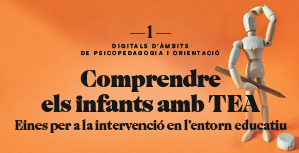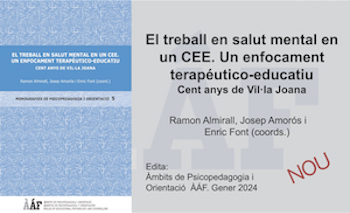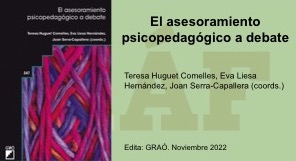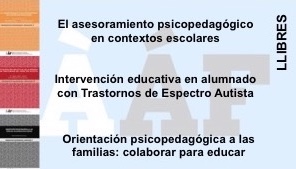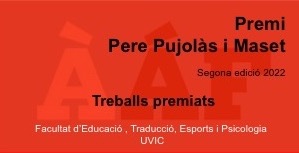Treatment of the curriculum to attend the diversity
Abstract
There is some educational and bureaucratic terminology (adapted curriculum, diversity, etc ...) which is associated with boring and useless tasks that teachers do more for a bureaucratic reason rather than as a resource which can be used f in other future lessons. This article will search for a balance between the curriculum, the student and their way of learning.
When we speak of education in complex contexts, we think of very different situations with students from many profiles. In best cases, some of these students are labeled with the name of NEE, compensation education, or similar, as if such labels would help us solve the problem and so we had finally found the solution to their learning problems. Most reports are of general content, and talk about vague concepts which could be applied to any students. The individual disappears. And finally, teacher wanders the same old question: “Ok, but tomorrow what shall I do with my students in class?"
References
SCHÖN, D. A. (1998). El profesional reflexivo. Cómo piensan los profesionales cuando actúan. Barcelona: Paidós
PAREDES, J. Y HERRÁN, A. DE LA (2009). La práctica de la innovación educativa. Madrid: Síntesis.
PUNSET, E (2011): "El sistema educativo es anacrónico" Redes, Programa del 04-03-2011 enlace a YouTube en http://www.rtve.es/television/20110304/redes-sistema-educativo-anacronico/413516.shtml
O’BRIEN, T.; GUINEY, D. (2003): Atención a la diversidad en la enseñanza y el aprendizaje. Madrid: Alianza ensayo.
Downloads
Published
Issue
Section
License
The authors maintain their copyright and give the right to the first publication of the work to the journal, registered under a Creative Commons Attribution-Non Commercial-NoDerivs license. This license allows others to download the works and to share them with others as long as they credit the author, but it does not allow for any kind of modification or commercial use.



